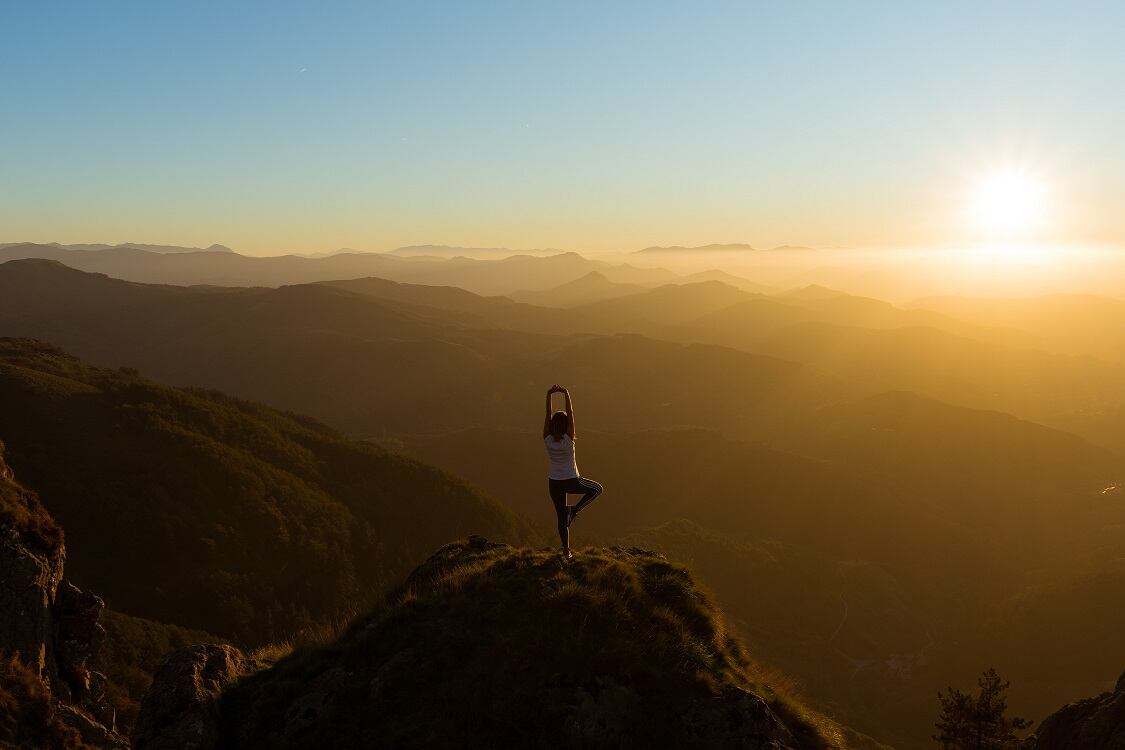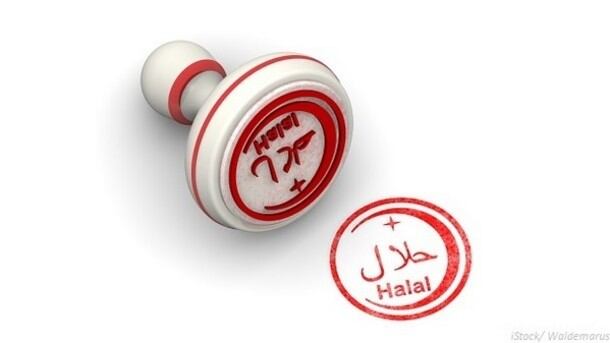Sunny Um, Research Analyst for Euromonitor International, described the holistic beauty movements as the “consumers’ pursuit for ultimate beauty achieved through the balance between body and soul, which brings out more long-lasting natural beauty and true radiance from within.”
According to Euromonitor’s 2017 Lifestyle Survey, 49% of respondents stated that they actively participate in stress-reduction activities such as yoga, meditation and massage. While only 12% said they never participate in such activities.
“This result show that more people are participating in stress-relieving exercises to detox their body and mind,” said Um.
The digital factor
While seemingly unrelated, the habit of being constantly connected via social media has impacted consumer attitudes towards health, wellness and beauty.
With constant connection to the Internet, consumers are exposed to media reports and peer-to-peer information even without seeking them out.
From these sources, they have become more informed about various external threats to skin health, such as air pollution, urban life stress and blue light exposure.
With an infinite amount of information at their fingertips, consumers can draw their own conclusions about beauty and health, said Um.
“Informed consumers have realised that the external application of beauty products is a temporary solution, and long-lasting skin radiance and glow can be achieved through clean guts, smooth metabolism, physiological balance and enough sleep,” she explains.
Safety before beauty
The popularity of the health and wellness movement has caused consumers to become more sensitive to the safety and origin of cosmetic ingredients.
Once ignored, the ingredient list is now being scrutinised and analysed by consumers, who have been empowered by information they can glean from YouTube videos and mobile applications.
Um shares that mobile applications like Hwahae, a South Korean ingredient analysis and product review app, has become immensely popular, with Hwahae alone garnering 6.3m downloads since its launch in 2013.
According to Euromonitor’s Beauty Survey, good-for-skin benefits such as “hypoallergenic” and “natural or organic”, were listed as top priorities when it came to choosing colour cosmetics.
Um noted that these respondents were from China, Thailand and Indonesia, where urbanisation and middle-class wealth continues to increase rapidly, suggesting that demand for skin care benefits in colour cosmetics are strong in developing markets in Asia.
To cater to the demand for “healthier” beauty products, Um adds that some brands have released skin care and make-up hybrids, such as Dior’s Nude Air Serum Foundation and Shiseido’s OnMakeup Spot Correcting Serum, which are infused with natural extracts and provide skin-brightening.
It has even spawned brands like VMV Hypoallergenics, a Filipino brand sold via Sephora in the region, which offers blushes and eyeshadows free from paraben, dye, phthalates and acne-causing ingredients.
Beauty supplements
With the focus on health and wellness, consumers are increasing looking inward when considering skin health and beauty.
“Beauty supplements are new segment that many beauty players are increasingly eyeing on,” said Um.
She lists Avon, Burt’s Bees, Amorepacific and LG Household & Health Care as some of the brands dipping their toes in the increasingly popular segment.
Avon and Burt’s Bees, she shares, launched supplement lines focused on gut cleansing and system restoration, while the K-Beauty giants are pushing their own brands, Vital Beautie and Life Garden.
“Such new launches by the major brand owners prove consumers’ increasing interest in beauty supplements,” commented Um.
She further illustrates the prevalence of the trend by stating how many drugstores and multi-label beauty boutiques have begun offering dietary supplements, massage rollers, and even weight-loss food and beverages.
Stocking these wellness items allows such retailers to re-establish themselves as a lifestyle store rather than a beauty store.
Um explained: “As retailers continue to introduce a new product segment in-store and suggest a variety of lifestyle items along with beauty products, consumers naturally associate beauty with holistic well-being.”
Where will this trend lead?
Um comments that the holistic beauty trend and its focus on inner-beauty has potential to help people expand their perception on beauty and become more acceptable of diversity in age and race.
However, she adds that it will depend on external factors, such as the media. “Whether the inner beauty will replace outer beauty as a benchmark for true beauty depends on how the media portrays it, as consumers’ attitude to life and product consumption is still significantly influenced by what they see on media, especially in Asia where celebrity power is huge on product purchase.”
She uses Thailand’s sudden obsession with the healthy living movement as an example. “Thailand is witnessing a huge healthy living phenomenon, with more people putting on athleisure wear and consuming healthy drinks and slimming detox supplements.”
“But this trend is rather driven by celebrity marketing and consumers’ desire to copy the celebrities’ lifestyle and look, than true intention for personal well-being.”
To learn more about wellness and beauty, Sunny Um will be giving a presentation entitled: “Beauty from within: Health and wellness mix in skincare” at in-cosmetics Asia 2018.




